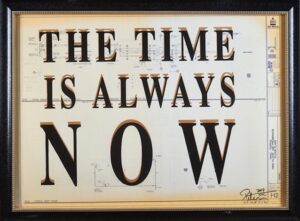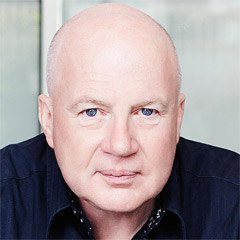From the brilliant Guardian, by Oliver Burkeman, 5 October. This is priceless. The path to greatness is paved with a thousand tiny rituals – but six key rules emerge. From the book Daily Rituals: How Great Minds Make Time, Find Inspiration, and Get to Work: How Artists Work by Mason Currey.
- Be a morning person
Very early risers form a clear majority of history’s most creative minds, including everyone from Mozart to Georgia O’Keeffe to Frank Lloyd Wright. The crucial trick is to get up at the same time daily. - Don’t give up the day job
TS Eliot’s day job at Lloyds bank gave him crucial financial security. Kafka crammed in his writing between 10.30pm and the small hours of the morning; by day he worked in an insurance office. Limited time focuses the mind, and the self-discipline required to show up for a job seeps back into the processes of art. - Take lots of walks
Walking – especially walking in natural settings, or just lingering amid greenery – is associated with increased productivity and proficiency at creative tasks. The ubiquity of walking, especially in the daily routines of composers, includes Beethoven, Mahler, Erik Satie and Tchaikovksy. - Stick to a schedule
Patricia Highsmith ate virtually the same thing for every meal, in her case bacon and fried eggs. Ritual-wise, Le Corbusier was up at 6am for his 45 minutes of daily calisthenics, and Immanuel Kant had neighbors in Königsberg who could set their clocks by his 3.30pm walk. Iron regularity is the rule. The alternative to a rigid structure is the existential terror of no structure at all. - Coffee
The only substance that has been championed down the centuries is coffee. Beethoven measured out his beans, Kierkegaard poured black coffee over a cup full of sugar, then gulped down the resulting concoction, which had the consistency of mud; Balzac drank 50 cups a day. Consume in moderation. - Learn to work anywhere
Agatha Christie didn’t have a desk. Any stable tabletop for her typewriter would do. During Jane Austen’s years at Chawton in Hampshire in the 1810s, she wrote mainly in the family sitting-room, often with her mother sewing nearby. Continually interrupted by visitors, she wrote on scraps of paper that could easily be hidden away. The perfect workspace isn’t what leads to brilliant work, just as no other “perfect” routine will turn you into an artistic genius.





